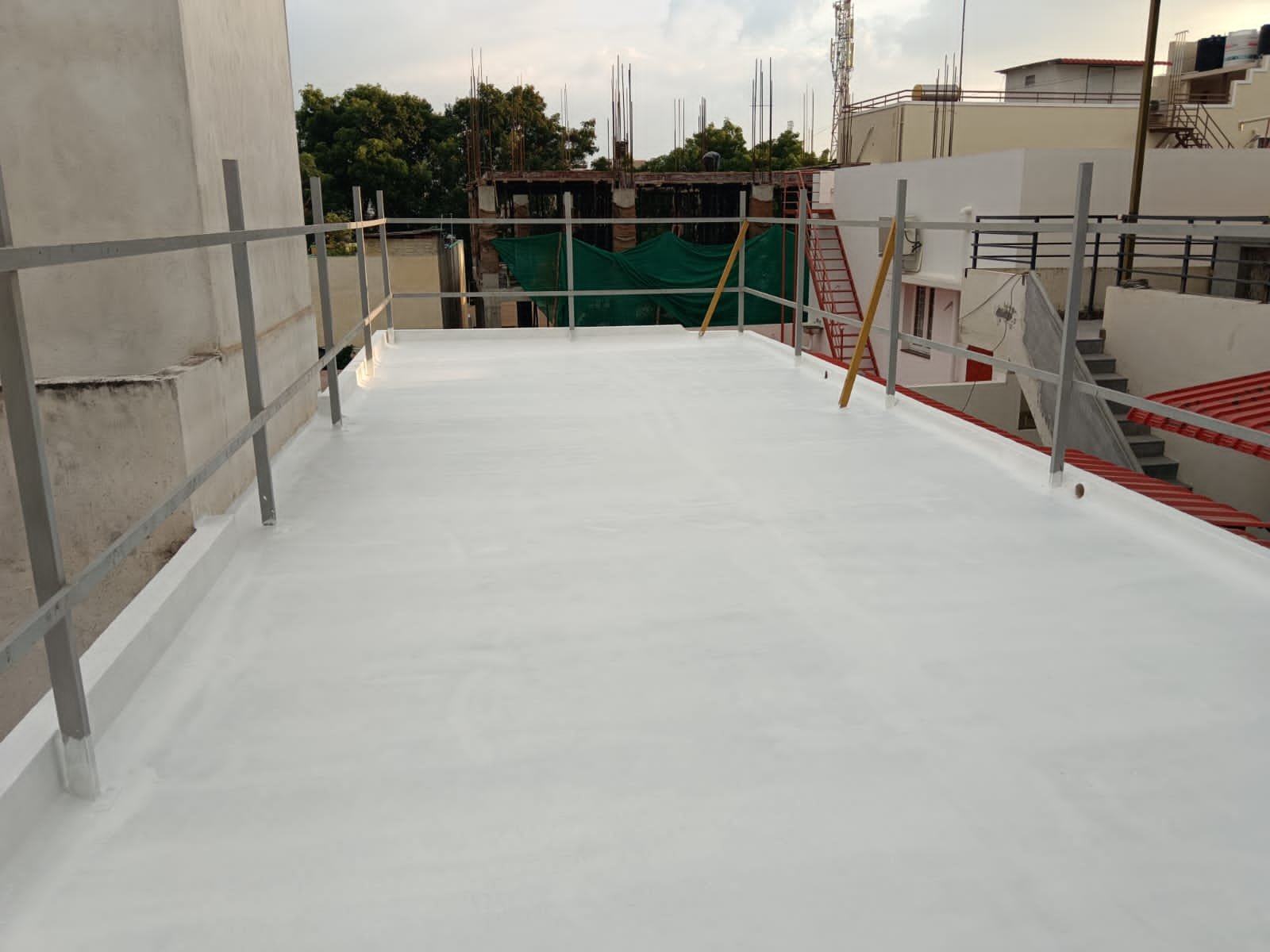ADVANTAGES OF CONSTRUCTION JOINT WATERPROOFING
ADVANTAGES OF CONSTRUCTION JOINT WATERPROOFING
INTRODUCTION
Construction joint waterproofing / expansion joint waterproofing is a crucial aspect of ensuring the durability and longevity of structures by preventing water infiltration through joints and seams. In buildings, bridges, tunnels, and other infrastructure, construction joints are natural weak points where different concrete pours meet. Without proper damb-proofing, these joints can become entry points for water, leading to structural damage, corrosion, and mold growth.
ADVANTAGES OF CONSTRUCTION JOINT WATERPROOFING
Proper expansion joint waterproofing is essential to maintaining the structural integrity and longevity of buildings and infrastructure. Here are the key advantages:
- Prevents Water Infiltration
Damp-proofing seals construction joints, preventing water from seeping into the structure. This reduces the risk of leaks, dampness, and mold growth.
- Enhances Structural Durability
Water exposure can lead to concrete deterioration, corrosion of reinforcement, and weakening of structural components. Liquid barrier helps extend the life of the structure.
- Reduces Maintenance Costs
By preventing water damage, liquid barrier minimizes the need for frequent repairs, saving time and money on maintenance.
- Improves Indoor Air Quality
Waterproofing reduces moisture buildup, which helps prevent mold and mildew growth, contributing to a healthier indoor environment.
- Increases Load-Bearing Capacity
Moisture-induced damage can weaken construction materials. Effective waterproofing methods ensures that the structure retains its original strength and load-bearing capacity.
- Protects Against Chemical and Environmental Damage
Damp-proofing protects construction joints from exposure to chemicals, pollutants, and environmental factors like freeze-thaw cycles, which can degrade concrete over time.
- Enhances Aesthetic Appeal
Water damage can lead to stains, cracks, and surface deterioration. Waterproofing helps maintain the visual appeal of the structure by preventing these issues.
- Boosts Property Value
A well-maintained, waterproofed structure is more valuable in the real estate market due to its longevity and lower risk of structural issues.
- Supports Sustainable Construction
Liquid barrier reduces material wastage caused by premature deterioration, making buildings more sustainable and eco-friendly.
CONCLUSION
Construction joint waterproofing is a vital measure for ensuring the durability, safety, and longevity of buildings and infrastructure. By preventing water infiltration, it helps protect structural integrity, reduce maintenance costs, and enhance indoor air quality. Additionally, waterproofing safeguards against environmental damage, improves aesthetic appeal, and increases property value. Investing in high-quality waterproofing solutions not only extends the lifespan of structures but also contributes to sustainable and cost-effective construction practices. In the long run, proper waterproofing of construction joints is an essential step in maintaining strong, resilient, and damage-free structures.

Related Posts
Leave a Reply Cancel reply
You must be logged in to post a comment.




